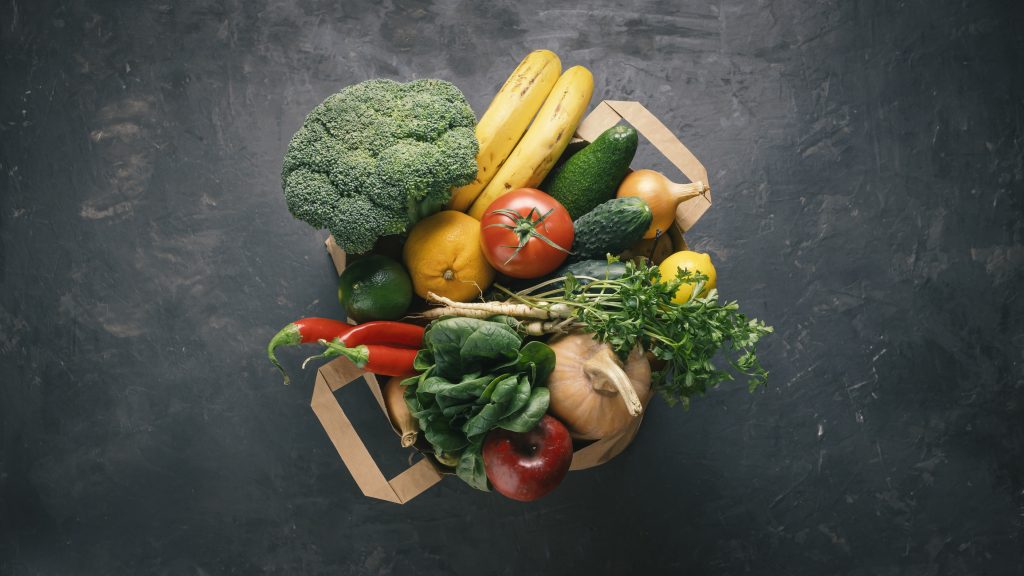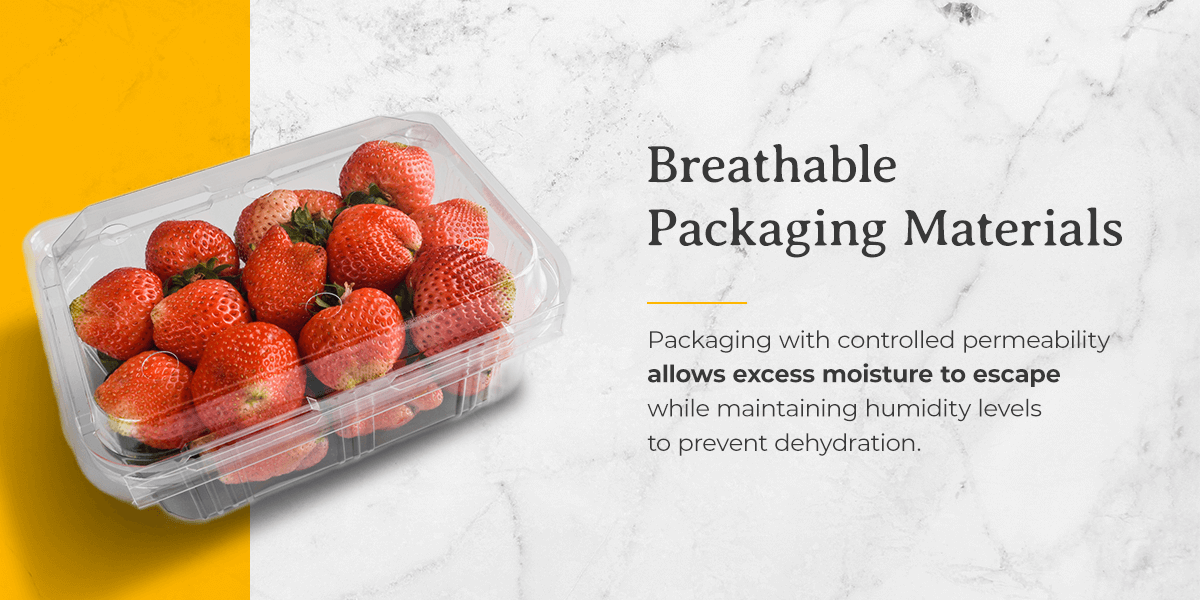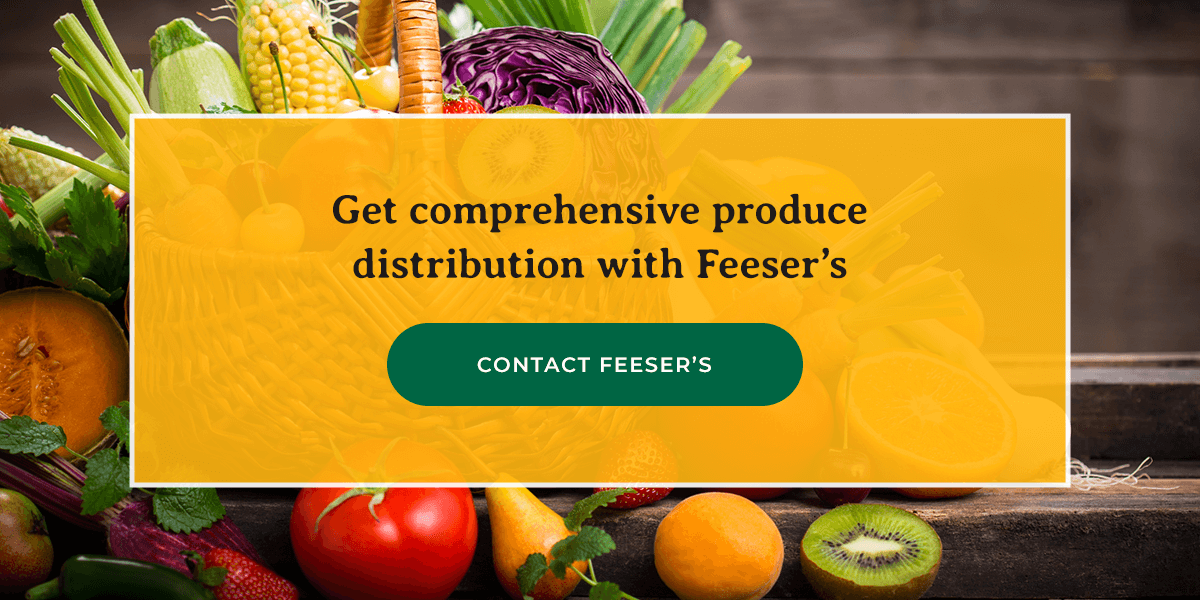How Does Produce Stay Fresh in the Distribution Process?

From farm to table, maintaining the freshness of produce is a common challenge in the food distribution industry. Millions of pounds of fruits and vegetables travel hundreds or thousands of miles each day before reaching consumers. Several things can reduce its freshness, including temperature fluctuations and impacts that cause physical damage.
Proper handling throughout the supply chain preserves nutritional value and appearance. It also reduces spoilage, a concern that costs the industry billions annually. Understanding what goes into successful produce distribution reveals how modern supply chains deliver farm-fresh quality despite logistical challenges.
Temperature Control in Produce Transportation
The most important preservation factor when shipping produce is precise temperature control. The cold chain, which is an uninterrupted series of refrigerated production, storage and distribution activities, forms the backbone of each successful produce shipment.
Each type of produce has specific temperature requirements. Leafy greens typically need 41 degrees Fahrenheit, while tropical fruits like bananas require 56 to 58 degrees Fahrenheit. Breaking this cold chain for even short periods can dramatically accelerate the deterioration of produce.
Advanced Refrigeration Technology
Refrigerated transportation vehicles, commonly called reefers, use cooling systems to maintain optimal temperatures. Modern reefers have multiple temperature zones, allowing distributors to transport different produce varieties in a single shipment while maintaining ideal conditions for each. These systems are increasingly equipped with IoT sensors that provide real-time temperature monitoring and alert drivers to any fluctuations requiring immediate attention.
The temperature journey begins with the precooling processes before transportation. Field heat, the natural warmth the produce carries from growing conditions, must be removed quickly after harvest. Some methods can extend shelf life by slowing the respiration rates and enzymatic activity that lead to ripening and decay. These methods include:
- Hydrocooling (water immersion)
- Forced air cooling
- Vacuum cooling
How to Ship Produce and Prevent Temperature Abuse
Temperature abuse is a leading cause of premature spoilage. Even brief exposures to improper temperatures during loading and unloading can reduce shelf life by days. Distributors increasingly use temperature monitoring devices that track the entire journey. This creates accountability throughout the supply chain and provides documentation that proper protocols were followed.
Packaging Solutions for Produce Shipping
Strategic packaging plays an important role in maintaining produce freshness during distribution. Produce packaging goes beyond protective containers to prevent bruising — it actively contributes to shelf life extension by using several mechanisms:
- Modified atmosphere packaging (MAP): MAP represents a major advancement in produce preservation. By altering the gas composition inside packaging, which is typically reducing oxygen while increasing carbon dioxide and nitrogen, MAP slows respiration rates and inhibits microbial growth. Different produce items require specific gas mixtures. Berries benefit from higher CO2 levels, for example, while leafy greens need precise oxygen levels to prevent discoloration.
- Breathable packaging materials: The breathability of packaging materials affects freshness. Many fruits and vegetables continue to release moisture and ethylene gas after harvesting. Packaging with controlled permeability allows excess moisture to escape while maintaining humidity levels to prevent dehydration. This helps prevent the levels of condensation that accelerate decay. Materials like micro-perforated films provide customized breathability for specific types of produce.
- Bio-based packaging materials: Sustainability concerns have driven innovations in bio-based packaging materials derived from cornstarch, mushroom mycelium and other renewable resources. These materials address environmental concerns, and they often provide superior moisture management and temperature insulation properties compared to traditional packaging.
Handling Protocols Throughout Distribution
The human element in produce distribution represents the greatest variable and the biggest opportunity in freshness preservation. Detailed handling processes throughout the supply chain minimize damage and contamination while maintaining cold chain integrity:
- Train for quality. Staff training constitutes the foundation of proper handling. Once packaged, produce basically stays untouched as it moves through the distribution system. Training programs emphasize gentle handling techniques, rapid procession to minimize temperature exposure, and recognition of early spoilage indicators that signal when handling practices need to be adjusted.
- Loading and unloading procedures significantly impact produce quality. Proper stacking patterns ensure adequate airflow around products while preventing damage from crushing. Temperature-staged loading docks help maintain cold chain integrity during transfer between transportation and storage facilities. Even small details, like using properly cushioned forklifts and avoiding sudden movements when moving pallets, can substantially extend shelf life.
- Cross-contamination prevention requires strict sanitation protocols. Ethylene-producing items like apples and bananas must be kept separate from ethylene-sensitive produce like leafy greens, as the gas released by the ethylene producers accelerates ripening and decay in ethylene-sensitive produce. Items with strong odors need to be kept separate from other produce to prevent flavor transfer. Cleaning and sanitizing schedules for handling equipment prevent the spread of pathogens that accelerate spoilage.
- Quality assessment checkpoints throughout distribution allow for early intervention. Trained inspectors evaluate sample products at critical transition points, examining for temperature compliance, physical damage and early signs of decay. Digital documentation systems track these assessments, creating accountability and allowing for continuous improvement of handling practices throughout the distribution network.
How Does Produce Stay Fresh in Food Distribution?
Moving the food is just one part of the distribution system. Storage plays a key role in keeping produce fresh. Strategic storage facilities serve as buffers in the produce distribution system, balancing supply fluctuations while maintaining optimal freshness conditions. Modern produce storage uses a blend of engineering, biology and logistics management.
Proper Storage and Handling of Produce
Warehouse design for produce storage prioritizes temperature zoning, allowing different product categories to be maintained at their ideal temperatures. Advanced facilities feature multiple chambers with independent climate controls, supporting everything from deep-chilled root vegetables to tropical fruits that require warmer conditions. Airflow engineering helps ensure uniform temperature distribution without creating dehydrating drafts that can compromise produce quality.
Humidity control systems work in concert with temperature management to optimize storage conditions. Most fruits and vegetables require relative humidity between 85% and 95% to prevent moisture loss, though specific requirements vary by product. Computerized humidification systems maintain these precise levels while preventing the condensation that promotes mold and bacterial growth.
Ethylene management represents another critical part of storage optimization. Products are categorized as either ethylene producers or ethylene sensitive, with storage arranged to isolate these groups. Advanced facilities utilize ethylene scrubbers — devices that remove the gas from storage atmosphere — extending the shelf life of sensitive items like broccoli, cucumbers and leafy greens by days or even weeks.
Inventory management systems based on first-in-first-out (FIFO) principles ensure older products move through the system before newer arrivals. Tracking systems monitor dwell time for every pallet, automatically prioritizing older inventory for shipment. This approach minimizes waste while ensuring customers receive the freshest possible produce.
Strategic distribution center placement has grown to balance transportation efficiency with freshness preservation. The industry continues to shift toward smaller regional distribution centers rather than massive centralized facilities. This model reduces transit times between storage and final destination, which is often the most vulnerable period in the cold chain, while still maintaining the economies of scale for efficient operation.
An Integrated Approach
Maintaining produce freshness throughout the distribution process demands a system that blends temperature control, strategic packaging, careful handling and optimized storage. Within 12 hours of placing an order, we can see the local product at our door.
These elements work together like building blocks, with each component supporting the others to preserve quality from harvest to consumer. For businesses seeking to implement these best practices, working with experienced distribution partners, like Feeser’s Food Distributors, makes all the difference.
Feeser’s offers comprehensive produce distribution solutions, including local food products, built on decades of expertise in freshness preservation. Contact us today to take the next step toward delivering consistently fresh, high-quality produce.


